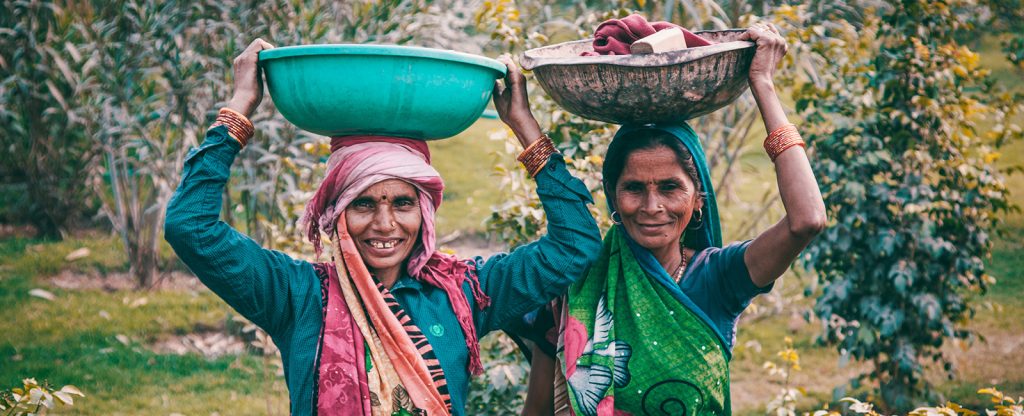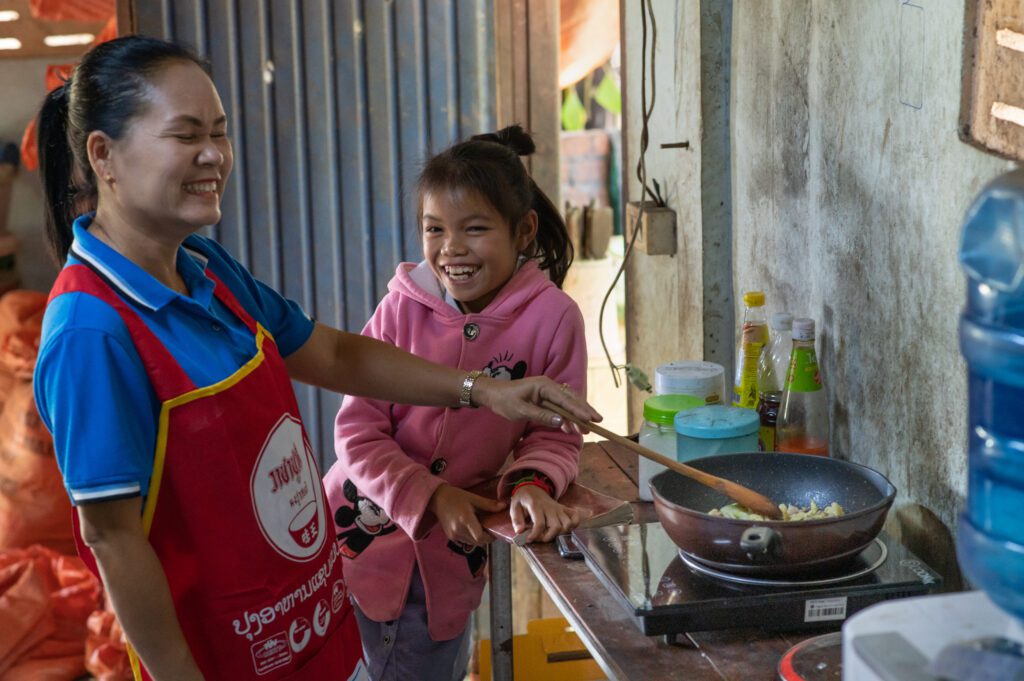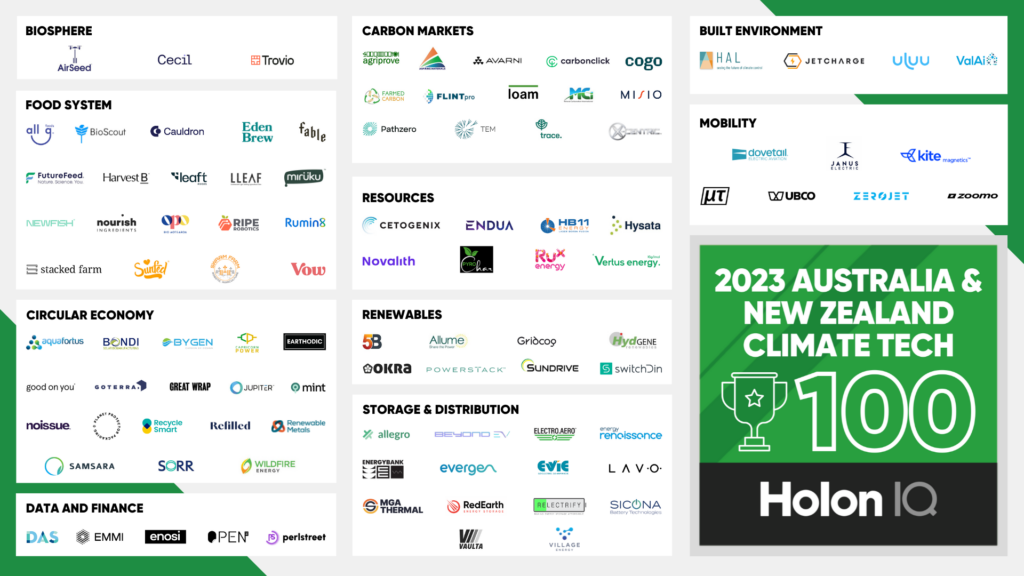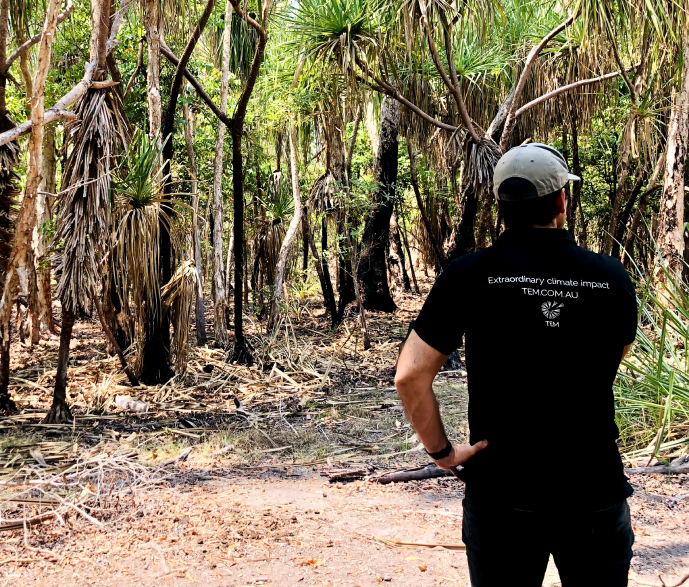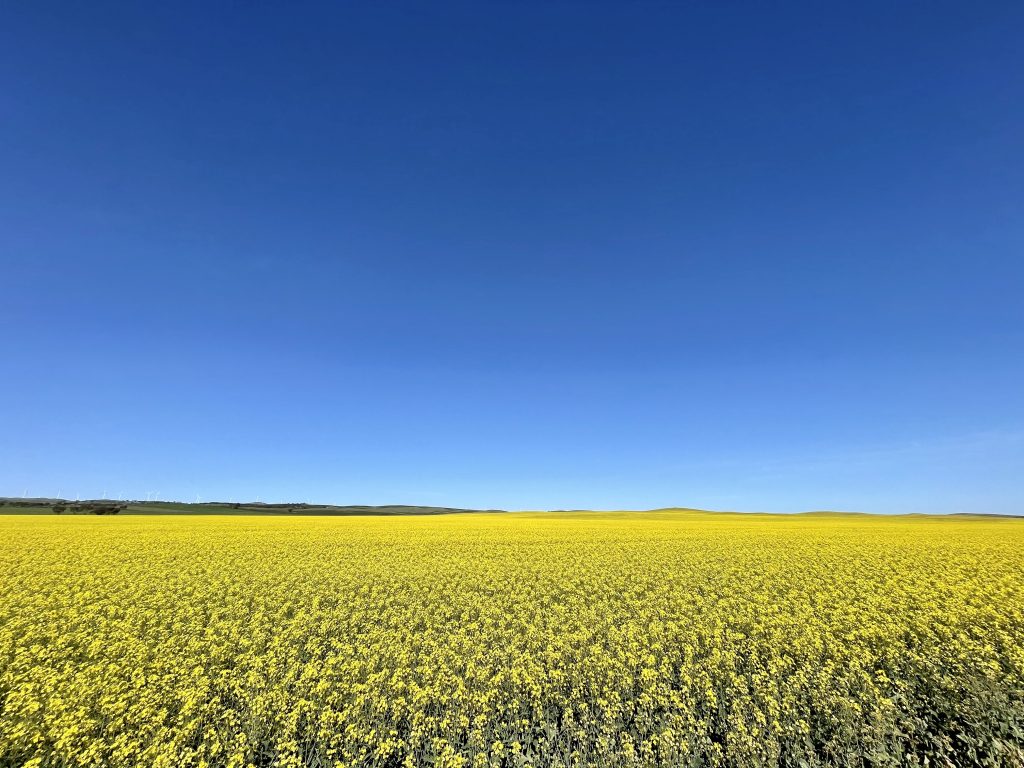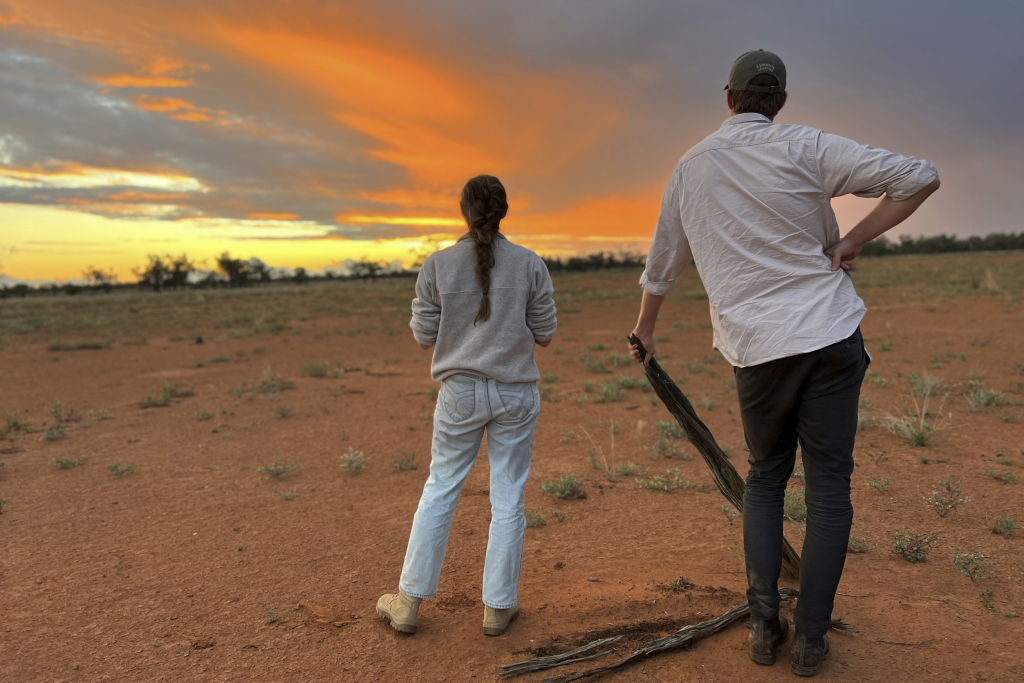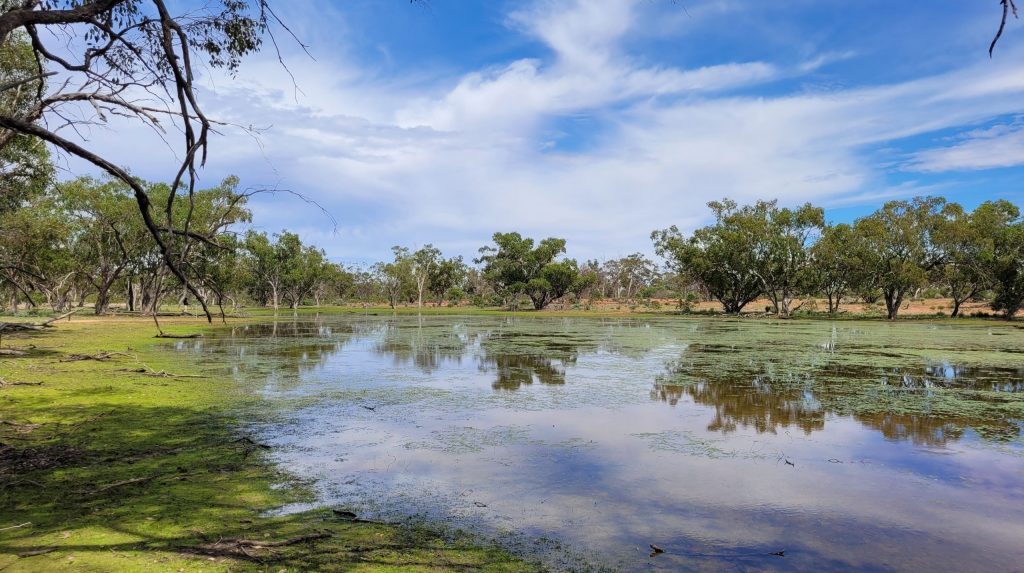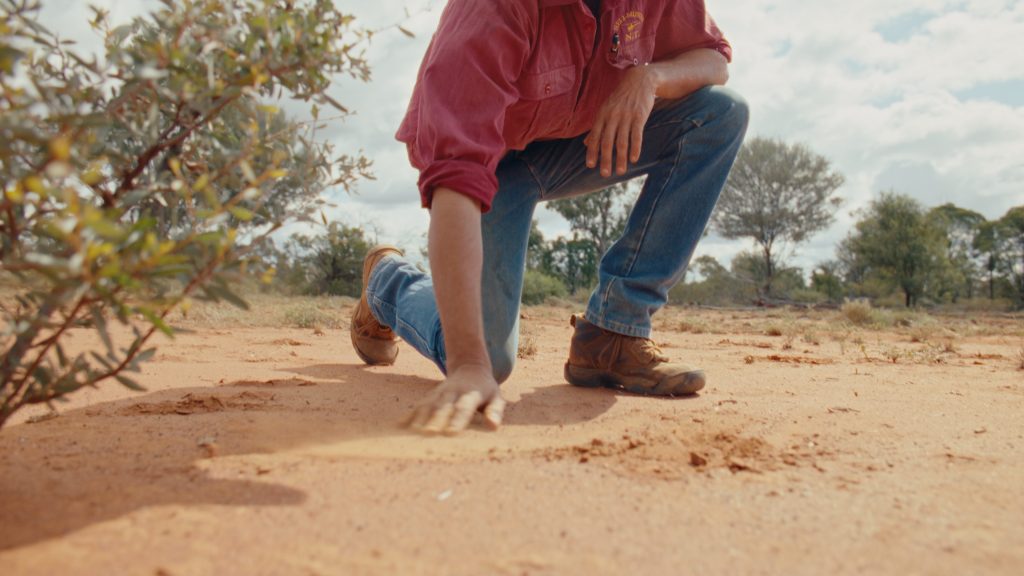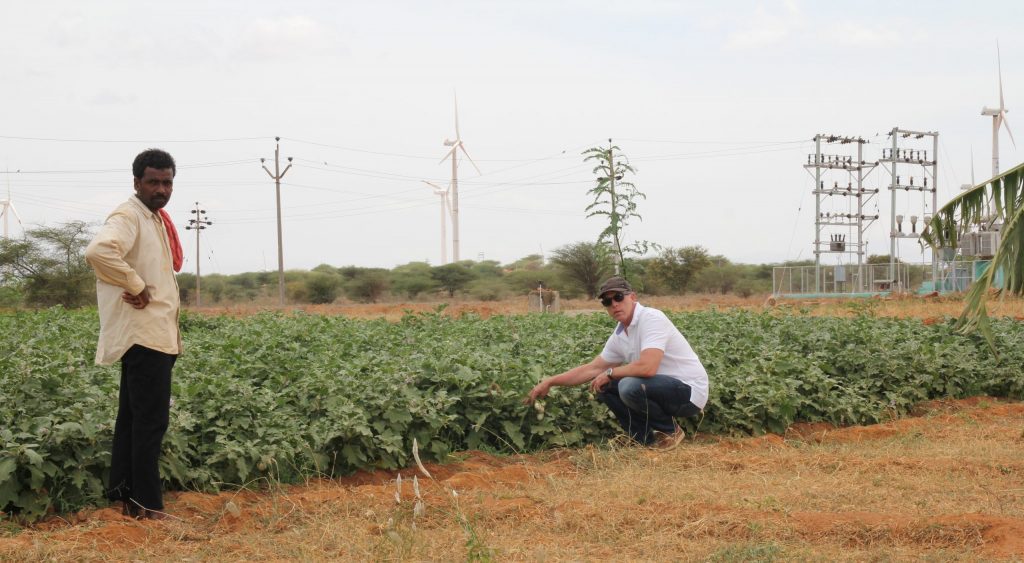Originally published by Andrew Grant on 02 Dec 2019
India is a country that you feel more than you see. The texture of temple floors beneath bare feet; the embrace of new-found friends; the promise of a better future.
I visited India to discover more about the carbon offset projects we support and travelled to Chennai then onto Madurai in the state of Tamil Nadu. In this windy, semiarid climate, a collective of farmers have sold small portions of their land for the installation of wind turbines coordinated by the Tamilnadu Spinning Mills Association. These wind farms introduce clean energy to the grid which would otherwise be generated by a coal-fired power station. Wind power is clean in two ways: it produces no emissions and also avoids the local air pollutants associated with fossil fuels.
As introductions were made to the farming family offering us a tour of their turbines, it was difficult to know what they made of their visitors in branded t-shirts but one thing was abundantly clear: they were very proud of their water well, funded by the project, providing access to clean water for drinking, washing clothes and irrigating their crops. In an area that hasn’t seen rain in a year, this boost to crop yield is a breath of fresh air. Of course the property now has access to electricity too, which in a small way is improving the family’s standard of living. I was pleasantly surprised by the flow-on benefits to the community as a result of the project development. In constructing the turbines, new roads were built, improving accessibility for locals. The boost in local employment by people engaged as engineers, maintenance technicians, 24-hour on-site operators and security guards also boosted local economies and village services. Importantly, the project developer donates 5% of its revenue to the community’s temples, schools and health services. Because they are accredited under the Clean Development Mechanism regulated by UN framework and the Verified Carbon Standard, these wind projects are of an equivalent rigour to any project under Australia’s Renewable Energy Scheme. They actually feature multi-accreditation as they’re regulated by the Indian government as well, and part of the validation involves cross-checking.
The reason why Indian wind offsets are cheaper than others is because when first established, the projects were sold into the EU trading scheme. When the EU reduced the amount of credits sourced internationally, demand for Indian wind offsets dropped, and so did their price. The cost of an equivalent Renewable Energy Credit in Australia is up to $80, with nowhere near the same life-changing impact to local communities.
As my visit came to an end I felt the great opportunity ahead for India’s carbon offset industry. The country is adding forestry to its offset portfolio too, and what struck me as the defining benefit of choosing projects in developing countries, as distinct from those in Australia, is how they’re changing people’s lives. They’re not changing the way they live, but offering financial diversity, improved living conditions and indeed securing a better future.
Andrew Grant is the Executive Chairman of Tasman Environmental Markets, with a long and diverse career pioneering all aspects of carbon markets in Australia.

